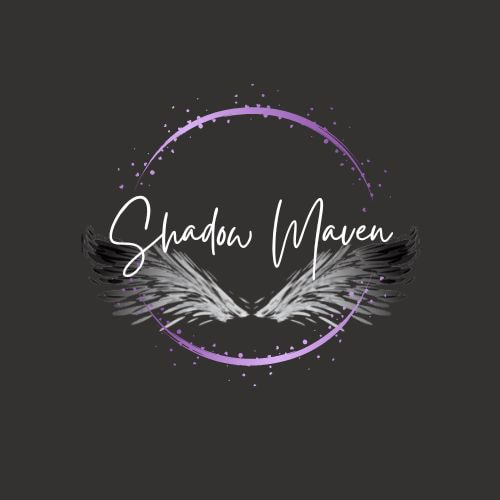Pendulums have been used for divination for a very long time. It is thought they were even used by the Pythian Oracle of Delphi in 400 BC. Personally, pendulums were one of my favourite go-to tools for quick answers. As with any form of divination, there are many theories as to where the answers come from. Perhaps it is your higher self, your guardian angels/guides, a god/goddess, or the universe itself. Regardless of the answer, pendulums are easy to use, very portable, and can be made with almost anything. Some of my favourites are made from crystals, but I have metal ones too. You can make one on the go with any kind of chain or string, and an object like a ring, a pendant, or a button even. You just need to ground and center yourself and open the connection. Pendulums are mostly used with yes and no questions. You can determine how your pendulum will answer yes or no by asking it to show you a yes then a no, and watching how it swings each time. Then try asking it simple questions you already know the answer to as your baseline. If, for any reason, it gives incorrect (or no) answer to your baseline questions then it is not a good time to be asking anything, and you should cleanse your pendulum and try again later.
|
AuthorNot just a writer, I am also an eclectic solitary practitioner, Reiki Master, and Shadow Worker. Archives
July 2024
Categories |



 RSS Feed
RSS Feed
